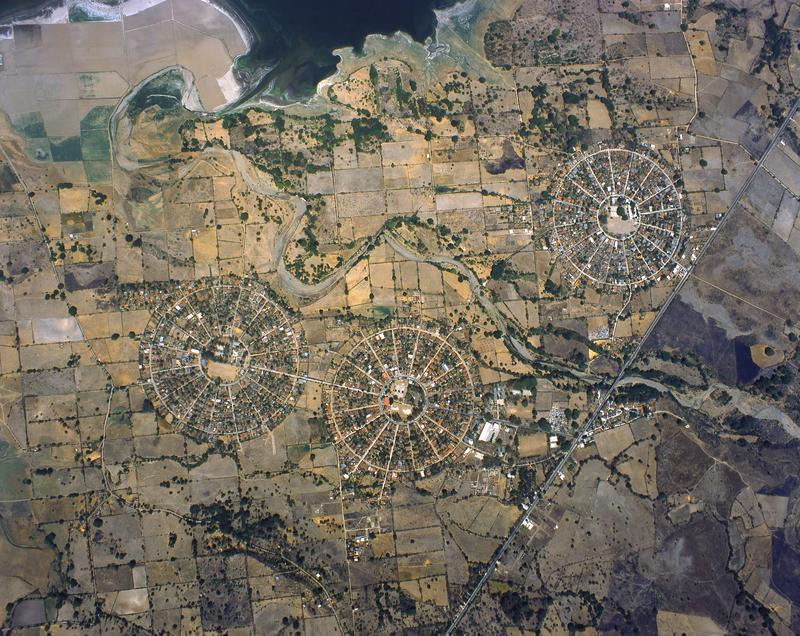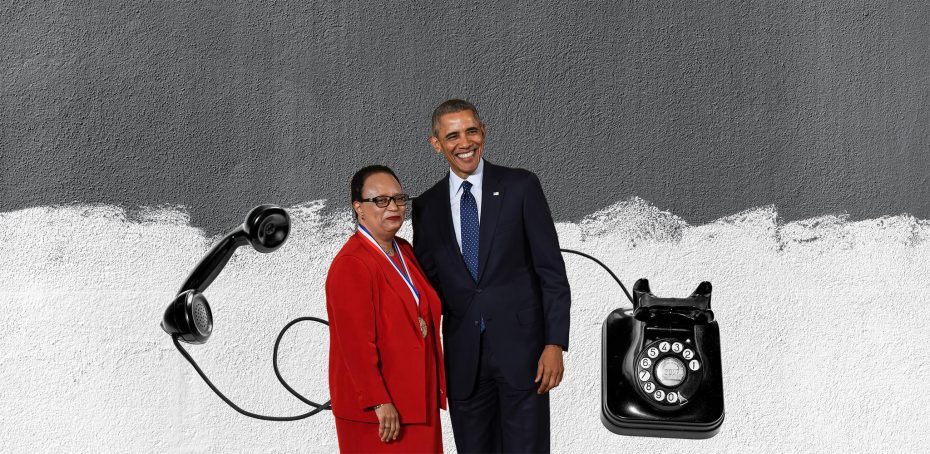The surface of the sun, the center of our solar system, burns at about 10,000 degrees Fahrenheit. The heat comes from the fusion of hydrogen nuclei and helium, which releases bursts of energy that produce the light that makes life on Earth possible.
In his 1938 paper, “Energy Production in Stars,” Hans Bethe explained this process, which was later replicated on a smaller scale in thermonuclear bombs.
Later, Bethe put this knowledge to use by joining the Manhattan Project – which built America’s first atomic weapons, including hydrogen bombs.
Despite his work on the classified effort, Bethe became a champion of the liberal cause, advocating against the stockpiling of nuclear arsenals.
“Then,” he said, “even if statesmen go crazy again, as they used to be, the use of these weapons will not destroy civilization.”
Instead, he advocated that nuclear technology should be used in a more positive way to generate power to replace fossil fuels.







